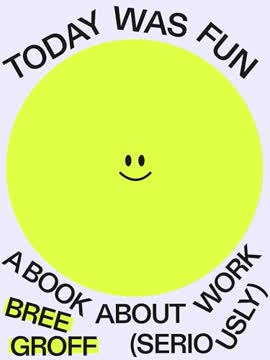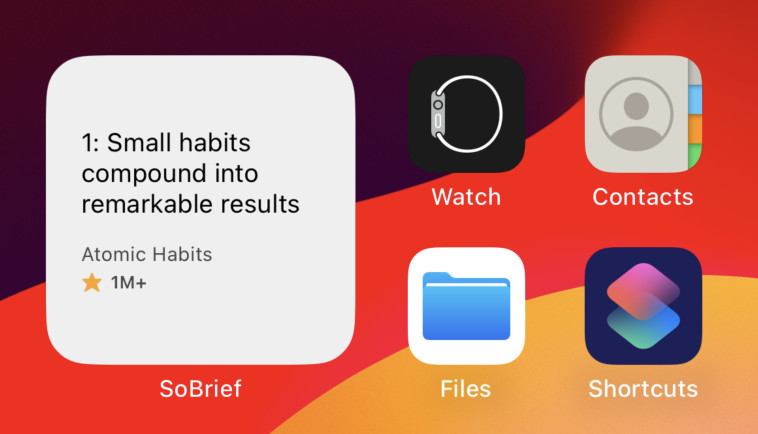Key Takeaways
1. Work should be a source of joy, not just a means to an end.
How we spend our days is, of course, how we spend our lives.
Redefine work. The author challenges the pervasive belief that work is inherently painful or merely an extractive exchange for money. Drawing from her parents' joyful careers as educators, she contrasts this with the "ridiculous" and "dangerous" realities of modern work culture, where exhaustion and dread are often normalized. She argues that if work consumes a third of our lives, it should be a source of joy, not just meaning or purpose.
Optimize for joy. Instead of solely prioritizing impact, income, or growth, the author advocates for optimizing for "good laughs with good people." This perspective doesn't diminish the importance of brilliant work; rather, it suggests that a joyful, connected team naturally leads to high performance. She cites designer Milton Glaser, who found work to be the "greatest source of pleasure" in his life, even more so than sex.
Embrace fun. Work, defined simply as "force x distance" or "effort that makes a difference," is fundamentally good. It's fun to build skills, create things that help others, and earn money. The author encourages readers to question the "work sucks" narrative and embrace the possibility of "TGIM" (Thank God It's Monday), recognizing that the "cluttery stuff" around work, not work itself, makes it dreadful.
2. Authenticity, not performative professionalism, drives true brilliance.
Your brain works whether you’re wearing a suit or stretchy pants.
Professionalism is a buzzkill. The author argues that traditional notions of "professionalism"—like tailored suits, jargon, and appearing constantly busy—are performative costumes that hinder genuine connection and creativity. These symbols of competency often obscure a lack of clear thinking and create an environment where people feel compelled to pretend rather than truly engage.
Conformity harms inclusion. The pressure to conform to a "business costume" extends beyond dress to how people speak and act, disproportionately burdening marginalized communities who must "code switch." This conformity kills psychological safety, mutes diverse perspectives, and stifles creativity. The author, inspired by designer Milton Glaser's disdain for being "too professional," advocates for shedding these masks to foster integrity and imagination.
Work like a human. The new professionalism should prioritize being rested, happy, respectful, and genuinely good at work, regardless of appearance. The author models this by:
- Showing up to virtual meetings with wet hair or eating lunch.
- Sharing personal life updates.
- Wearing comfortable clothes, even stretchy black jeans for client meetings.
She encourages leaders to risk "unprofessionalism" to create a more human, inclusive, and ultimately more effective workplace.
3. Cultivate cozy teams where genuine connection makes work fun.
Because you should like the people you spend your days with.
Work is hanging out. The author emphasizes that work, for knowledge workers, is largely "something we do while we’re hanging out on the planet." Drawing inspiration from the camaraderie in "The Office," she argues that work becomes fun when you genuinely like your colleagues. She shares personal anecdotes about her beloved teammates, highlighting their unique qualities and the deep friendships formed through shared work.
Fun beats mandates. Instead of mandating in-office attendance, leaders should focus on making work inherently engaging and the team enjoyable to be around. Just as a captivating lesson plan eliminates the need for strict classroom rules, a fun work environment negates the need for mandates. Research shows that mandated office returns lead to higher burnout, stress, and lower trust, while physical distance doesn't necessarily imply emotional distance.
Cozy teams thrive. A "cozy team" is built on trust, generosity, and mutual support. These teams:
- Treat each other as high performers who care.
- Have each other's backs during crunch times.
- Communicate honestly and with empathy.
- Share crazy ideas and navigate challenges together.
The author suggests rituals like "user manuals" and daily "check-ins" to foster this environment, ensuring everyone feels seen, understood, and supported.
4. Brilliant work demands spaciousness, not relentless busyness.
The more scared we are of a work or calling, the more sure we can be that we have to do it.
Brilliance isn't painful. The author challenges the notion that "nothing worth doing is easy," arguing that true brilliance doesn't require suffering, but rather a "good kind of pain"—a chosen struggle that lights you up. She contrasts this with the "bad kind of pain" that comes from forced overwork, often on meaningless tasks, leading to burnout rather than greatness.
Protect your instrument. Your brain is your most vital instrument for knowledge work, yet it's often neglected through sleep deprivation, poor nutrition, and lack of exercise. The author likens this to a violinist playing on a cardboard box. She advocates for treating your body like a "Stradivarius," emphasizing that robust employee benefits are meaningless if employees lack the time to use them.
Combat busyness and conformity. Two primary killers of brilliant work are busyness and conformity. Busyness stems from:
- Unsolvable math problems (too much work, too little time).
- Strategy problems (doing too many non-essential tasks).
- Power problems (managers' needs overriding makers' time).
- Psychology problems (a need to feel needed or avoid harder work).
Conformity, driven by insecurity, leads to "normal-looking" but uninspired work, stifling creative confidence and original thinking.
Cultivate brilliance. To foster brilliant work, the author suggests:
- Amuse yourself: Follow excitement or fear as a compass for important work.
- Revere ideas: Like Milton Glaser's "bakery" idea, embrace absurdity and imagination.
- Know your muse: Prepare for inspiration through movement, showers, and audacity.
- Sit and think: Protect "Do Nothing Days" for deep thought and visioning, free from distractions.
5. Emotional reliability is a leader's most underrated superpower.
It is my personal approach that creates the climate. It is my daily mood that makes the weather.
Fun requires emotional reliability. The author asserts that a leader's emotional reliability is a prerequisite for a joyful team culture. Volatile or anxious leaders create a "sucking" environment, regardless of other positive factors. Emotionally reliable leaders foster trust by keeping their cool in crises, making sound decisions, and maintaining perspective, understanding that "we're not saving lives."
Emotions are contagious. Leaders, like "Typhoid Mary," disproportionately influence the mood of their teams. Their unspoken cues—a flash of frustration, an exasperated sigh—are often more impactful than their words. Emotionally reliable leaders are self-aware, understand the source of their feelings, and communicate them transparently and with hope, rather than leaking stress.
Domesticate, don't eliminate, emotions. Inspired by Stoicism, the author advocates for "domestication of emotions," not their suppression. She shares personal stories of navigating her mother's terminal illness with a blend of medication, Stoic philosophy, and spousal support. This approach allows leaders to "stay in the fire longer," transforming friction into fuel and finding opportunity even in adversity, as exemplified by Ernest Hemingway's response to losing his life's work.
Be a team narrator. Leaders should narrate the team's experience, acknowledging both highs and lows. This means:
- Validating team feelings ("This week has been intense, no?").
- Sharing personal struggles with hope and a path forward.
- "Calling the win" when the team succeeds.
This fosters psychological safety and allows the team to process emotions collectively, preventing anxiety from becoming crippling or personal.
6. Fiercely defend your personal life from work's greedy demands.
20 years from now, the only people who will remember that you worked late are your kids.
Overwork is addiction. The author personifies overwork as "Excel, Goddess of Workaholism," a corporate siren that whispers convincing arguments to keep us grinding. These arguments—like "you're in your peak wealth-building years" or "your work is changing the world"—are alluring but ultimately lead to "underliving" by sacrificing time with loved ones, health, and rest.
Delayed gratification is overrated. While beneficial for some aspects of life, delaying gratification for family, friends, and personal enjoyment is a dangerous trap. The author references the "marshmallow experiment" but questions its application to life's most precious moments. She shares the "fisherman and the businessman" parable to illustrate that true wealth lies in enjoying the present, not endlessly striving for a future that may never fully arrive.
The perils of "above and beyond." The expectation for employees to "exceed expectations" or go "above and beyond" often translates to unpaid, discretionary effort. This "free labor" comes at a significant cost to employees' personal lives, health, and relationships, which leaders often don't see. The author argues that organizations should realistically scope work and hire enough people, rather than relying on employees to breach their implicit contracts.
Detox your belief system. To combat overwork, the author suggests a "detox" of core beliefs:
- Who pays the price? Recognize that overwork impacts dependents and loved ones.
- Am I less important at work than I think? Acknowledge that while you're irreplaceable to loved ones, you're replaceable at work.
- What moments do I want more of? Identify and prioritize life's truly joyful moments.
- Can I accept the trade-offs? Confidently choose not to chase every professional prize.
- Can I glamorize balance? Model and celebrate a balanced life, leaving "loud and proud."
7. Prioritize getting good at life, not just excelling at work.
If you enjoy your time, it’s long enough.
We are more than our output. The author challenges the pervasive notion that our worth is solely tied to our professional productivity or output. She highlights how language like "How was your break?" subtly reinforces work as our default mode, relegating personal time to mere "recharging" for more work. This mindset brainwashes us into believing we are no better than machines.
Unlearn learned helplessness. Many people feel trapped in a stress-laden life, believing it's the only option. The author uses Martin Seligman's "learned helplessness" experiment with dogs to illustrate how we can become conditioned to endure rather than seek freedom. She encourages readers to recognize their agency and "jump over the small divider" to a life of genuine enjoyment and pride, both in work and personal time.
Design your portfolio life. Instead of being overexposed to the risks of work, the author advocates for a "portfolio life" that diversifies joy and de-centers work. This involves actively managing various "life projects" (e.g., writing, health, family support) that come and go, ensuring time is allocated where values truly lie. This approach provides an alternative to the "work first, squeeze in life later" mentality.
Become an "Exceeds Expectations" human. The author encourages channeling ambition into areas beyond work, such as becoming a "Super Parent," "Gold Star Sleeper," or "Committed Exerciser." She introduces "Ultimate Lounging" as the "sport of extreme relaxation," emphasizing intentional, comfortable, and indefinite downtime. The goal is to embrace "atelic" activities—things done purely for enjoyment, without a goal—and to "not delay the fun."
Last updated:
Review Summary
Today Was Fun received mostly positive reviews, with readers praising its fresh perspective on work-life balance and finding joy in one's career. Many appreciated the author's humor, practical advice, and interactive elements. Criticisms focused on its applicability mainly to knowledge workers and perceived unrealistic expectations. Readers found the book inspiring, offering actionable ideas to improve work experiences. Some noted its timely message for those reassessing their relationship with work. Overall, reviewers felt the book provided valuable insights into creating a more fulfilling professional life.
Similar Books
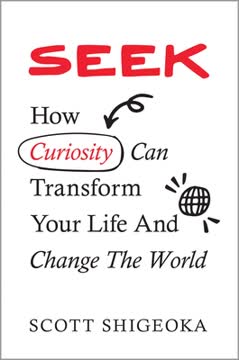
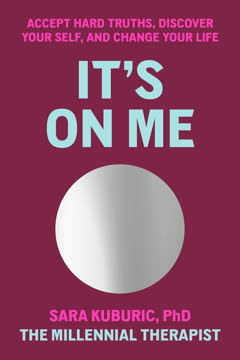
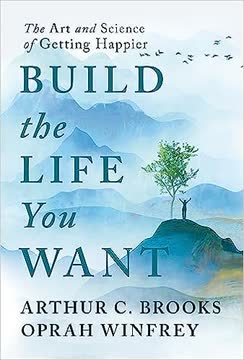
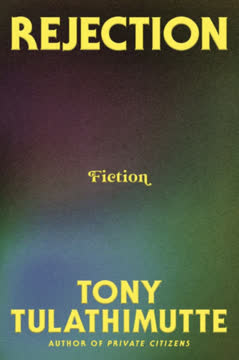
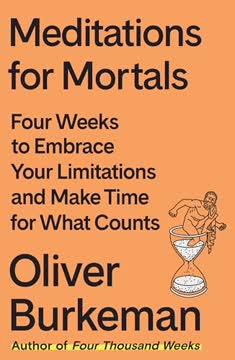
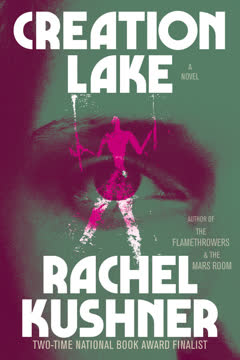
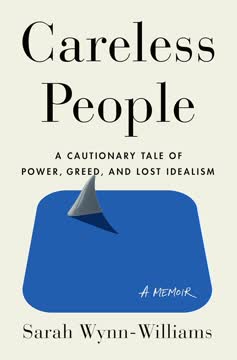
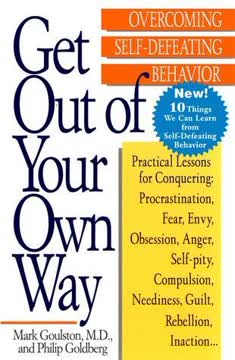
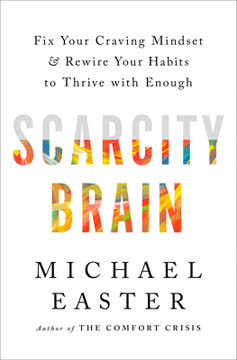
Download PDF
Download EPUB
.epub digital book format is ideal for reading ebooks on phones, tablets, and e-readers.
